If there’s one thing worth noting about the history of Xbox, as reported in Andrew Stephan’s Power On, it’s that the American brand has almost disappeared on several occasions. In this article, we look back at these famous and less famous cases…
Even before the Xbox project was officially approved, two teams fought a ferocious war to assert their vision of Microsoft’s future games console. The DirectX team wanted to make the Xbox against the Windows CE team, which wanted to do something less ambitious and therefore less financially risky. Ted Kummert was running Windows CE at the time, envisioning an operating system designed for laptops and consoles. He and his team had their own vision of what Microsoft should do, and it had nothing to do with Xbox. This famous Windows CE later became the heart of the Dreamcast, thanks to a partnership with Sega.
“These guys think they know how to make a games console, and they should do it for us. We opened the door for them by getting Bill interested in a games console, and now they’re slamming it under our noses, shutting us out,” teases Seamus Blackley. “They had the funding, they had the name, they had the leadership, they had the executive support,” adds Otto Berkes. The DirectX and Windows CE teams competed to prove to Bill Gates that their projects were worthwhile. “This was something Microsoft often did, pitting two intelligent groups of people against each other,” reveals Alan Hartman of Dreamworks.
The fight was violent, almost like a jousting match within the company. “There was a lot of talk about recreating the 3DO or making a game console that was like everything that existed. We didn’t enter the market with the intention of copying the competition,” says Seamus Blackey. At this point in the project, the DirectX team felt it was all over.
The genius of the idea came from a hastily created prototype that the DirectX team managed to crack by building a version of Windows in a small box containing various components. While it took several minutes to boot Windows on a PC, here, the operating system starts up in just four seconds.
When they showed their creation to Bill Gates, he exclaimed, “Why doesn’t Windows always boot like this?”
“It was probably the first time he’d ever seen a PC boot up instantly,” explains Kevin Bachus. This rapid prototype had a PlayStation emulator that could run Tomb Raider. “Xbox became tangible, real and feasible,” says Otto Berkes. “I think we underestimated them,” admits Ted Kummert of Windows CE. Bill Gates was convinced by the production, asking the DirectX team to present the project to Steve Ballmer, the company’s CEO. The latter also showed interest, so the DirectX team’s proposal was finally accepted.
The red ring of death
After many ups and downs, the Xbox was released in the US on 15 November 2001 and was an instant success thanks to Halo. Xbox Live was released the following year and managed to exceed sales estimates. However, after the initial enthusiasm waned, Microsoft’s Xbox turned a loss. But the American giant began planning a new console, the Xbox 360. “Our obsession was to do better than the PS3,” reported Peter Moore, the brand’s boss at the time. The worldwide launch meant Microsoft had to produce a lot and work to very tight deadlines. Too tight. The design of the machine was finalised as production started. But the Redmond company started getting reports. Of the 100 consoles produced, only 50 or 60 worked adequately.
“It was very bad,” admits Leo Del Castillo (a member of the hardware engineering team since 1999). “We had to determine whether the problem was related to the product or our testing methods,” he adds. The faulty consoles were packaged and stacked for later repair. During this period, 600 000 defective consoles were in stock. As the months went by, the technical teams resolved the problems, and the number of faulty consoles decreased.
At the end of 2005, the Xbox 360 arrived in stores worldwide. Sales started well. But in June 2006, a new problem emerged. Little by little, the after-sales service lines became saturated. The gamers spoke, then the press: the Xbox 360 was hit by the “Red Ring of Death”, a hardware flaw that rendered the consoles unusable. “If they don’t fix it, I’m going to the enemy,” says Snoop Dogg, an iconic fan of the big ‘X’ brand. Discontent is growing, and gamers are fed up with their consoles breaking down. The press is multiplying articles and requests to the Redmond company to understand what’s going on. Behind the scenes, Microsoft can’t find the cause of the problem. Some believe that the solder on the motherboard is cracking and drying, causing the connection to fail. But nothing is proven.
Microsoft then made a big decision: it stopped production of the Xbox 360.
The idea was that they would stop selling the machines until the problem was solved, even if it meant that gamers would turn to Sony or Nintendo. Eventually, engineers identified the fault source: the connections were broken for thermal reasons. The fact that the console is constantly heating and cooling puts a strain on it. Microsoft now has to fix the consoles of gamers affected by the problem. Peter Moore is meeting with Steve Ballmer and asking him for over a billion dollars to solve this problem as best he can, i.e., getting a delivery driver to every affected gamer. The bill is steep, but Steve Ballmer agrees. All experts agree that Xbox would not be here today without this decision.
The grave Don Mattrick dug
Finally, the brand could disappear once again after the unsuccessful launch of the Xbox One. On 1 July 2013, 18 days after E3, where the Xbox One didn’t perform so brilliantly, Don Mattrick left Microsoft. His haphazard statements and his vision for the brand created a lot of mistrust among gamers. Xbox teams were confused. In November, the console was released and got off to a good start, thanks to fan support. But from April onwards, sales began to plummet, and the PlayStation 4 soared.
The future of the brand was again at stake. With Phil Spencer freshly arrived at the helm of Xbox, to save what could be saved and start afresh on a firm footing, he and his team put a plan in place to avoid collapse. He took the Kinect out of the box to bring down the console price, closed Xbox Entertainment Studios to focus on games, and bet on independent developers by creating ID@Xbox. The rest, as they say, is history: along came Xbox Game Pass and another golden age for the console…
Source: Power On: The Story of Xbox (YouTube); JeuxVideo

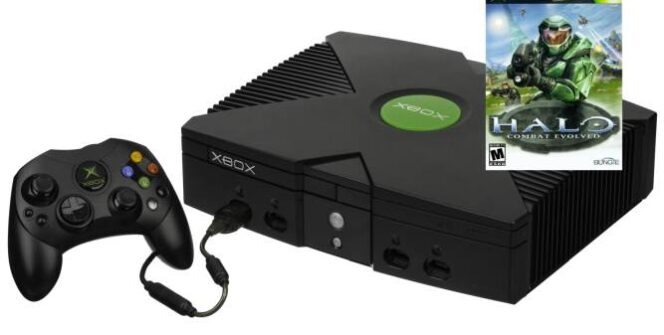
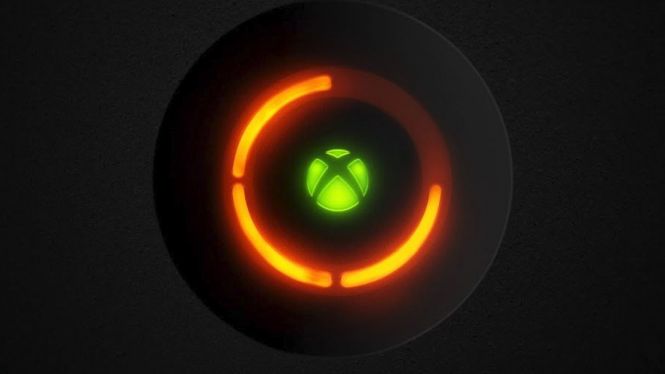


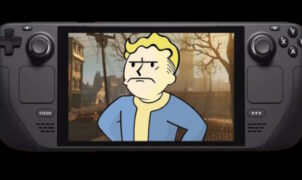



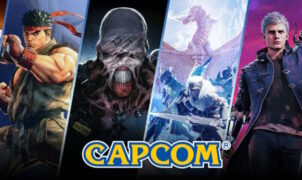



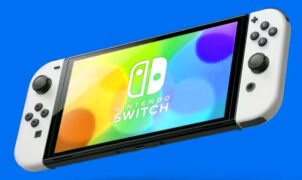


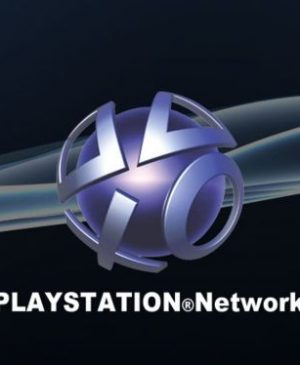

Leave a Reply